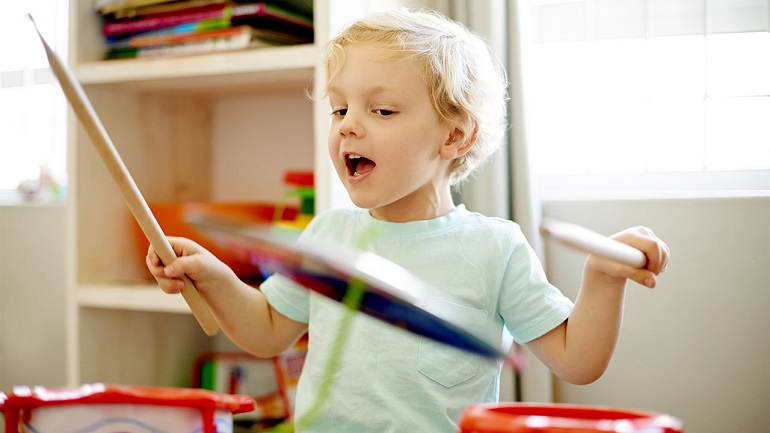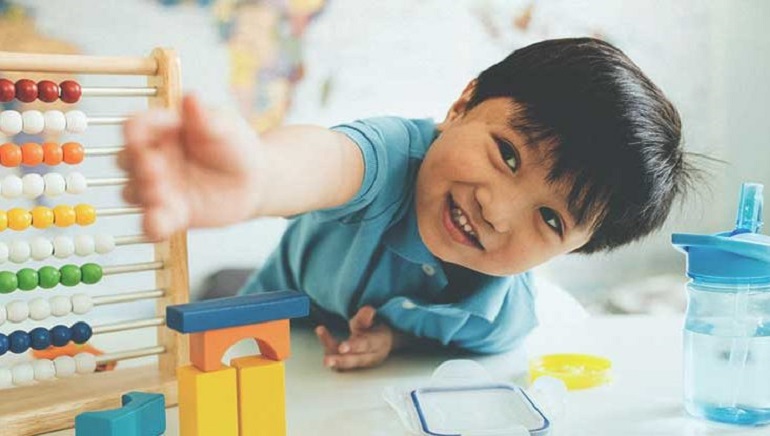Playtime With Your Child: Focus on Toy Quality Over Quantity
Raise your hand if you miss childhood! I’m raising mine as I’m typing this. What’s not to miss about it – the memories I have from that period of life bring back nostalgia because of how carefree the days were, and the only things I had to worry about were whether or not I’d have enough time to play throughout the day.
Luckily, I have kids, so their childhood is a chance for me to relive mine, particularly when it comes to playtime. And the more we play, the more I see the learning process involved. Though we got them all sorts of toys, the favourites are the versatile family educational games that we all get to have fun with.

Now, before I move on to explain why such games are important, out of a world of games, I have to point out the significance of parents’ participation in their children’s play. Sure, kids can play by themselves, with friends or siblings, but when parents join them there are certain benefits that both parts can make use of – the main one being bonding time.
Not All Toys and Games are Created Equal
As parents, many of us make the mistake of focusing on the quantity of toys instead of their quality. I don’t mean to criticise, as I used to be one of these parents until I learned the advantages educational toys provide. I’ve been their fan ever since, and that’s why I recommend them to anyone who wants to give their child a head start in life. Here are some benefits that educational toys and games offer.
– A Boost in Concentration – It’s no secret kids aren’t the best when it comes to concentration, considering their attention span is rather short and shrinking in the age of technology which is exactly where family educational games can be of help.

The reason they’re essential for a child’s focus lies in the fact they present the kind of learning that kids don’t even see as learning because it’s fun. When they’re engaging in entertaining games with interest, they get to increase learning time as a result. So, if you want your child to acquire the needed skills and improve focus, limit screen use and invest in the right toys.
– A Boost in Curiosity – The best way children learn about the world around them is through their curiosity. When you get to play with them with educational games in the likes of imaginative play with felt story boards and building blocks, you encourage them to be creative, explore, and experiment.
– A Boost in Problem-Solving Skills – These skills aren’t only crucial for the education of your child, in instances like helping out with mathematical issues, but they’re essential for his or her adult life too when facing challenges. Upon encountering a problem and looking for the right course of action in order to fix it, you use your critical thinking as a tool for making decisions.

Toys in the example of shape sorters, puzzles, brain teasers, and construction kits are designed to be used with step-by-step sequence games that motivate critical thinking and that’s how they assist a child with the development of decision making.
– A Boost in Social and Emotional Skills – Social and emotional development starts early on when kids play with others. If you want your child to be socially and emotionally intelligent, use educational kids games to teach them how to cultivate empathy, kindness, sharing, and help them become aware of their own varying feelings and the feelings of others.
– A Boost in IQ – Since an educational toy for kid is designed to help out with motor skills, hand-eye coordination, literacy, vocabulary, and memorisation, it’s safe to say it boosts a child’s IQ. Think of it as the kind of play that not only motivates learning but retention of the skills as well.
Buy Age Appropriate Toys
Though the market abounds in educational toys, it doesn’t mean they’re all suitable for your child’s development. Simply said, if you want to get the desired results, remember to choose them according to his or her age.
At the early age of your child, which is the period from 1 to 12 months, sensory play is the most important type because that’s when they acquire understanding of cause and effect which involves a process of errors. Toys you should focus on are rattles, those with many colours, lights and sounds, foam markers, stackers, and squishies.
For one and two-year-olds, toys that help their mobility are recommended. This includes toys for balance and coordination, like push, pull and ride-on toys. In addition, this is also the period of their lives when they can start learning words and memorise, so you should also get themed toys such as books with animals, and teach them the sounds they make, their colours, shapes and sizes.
As they become more active and advance with the motor skills after the age of two, you can introduce different types of toys, from basketball hoops for physical play, to kinetic sand and drawing boards, building blocks and sets like doctor and kitchen to motivate imaginative and cognitive play. This is also the ideal time when you can introduce STEM toys and get children ready for school later on.

